Most observers are used to think that Red light is the best way to achieve high resolution imaging. However, this is not completely true…
We are often told in planetary imaging that the images are best resolved in red light. Indeed, most of our image look best through longer wavelengths (red or near-infrared). However, we are also teached by the laws of optic that in theory, the resolving power of a telescope is, on the contrary, better in the short wavelengths (blue light).
It is easy to verify this by experimentation. A few years ago I imaged under good seeing the Airy pattern of my telescope (then an excellent Mewlon 210 by Takahashi) through a large panel of filters from UV to IR and here are the results:
These are images of a real star (I don’t remember which one, certainly Vega) that show text-book perfect Airy patterns with the central disk and a first diffraction ring. The evolution of the size of the pattern is dramatic from the little UV one, to the big IR 780 (I have not made any attempt with my IR 1000 filter but it would have been almost twice bigger than G).
So why aren’t we seeing more often more detailed blue light images ?
There are many reasons for this :
- First, poor or average seeing will affect more blue light than red light
- Second, optical defects of the telescope can also lower the quality of B images more than in red
- And finally, the details of a planet can be very different through each colour. So the B image can be more resolved but it will go unnoticed because the details are less contrasted. This is obvious in the case of Mars.
But sometimes things are going well and the B filter beats the R one…
If your telescope is good and if seeing is good, the B image should get out more detailed than the R one. I have seen this many times over the years and it is not a rare situation. But last year during a very steady late summer morning I got a superb example on Jupiter :
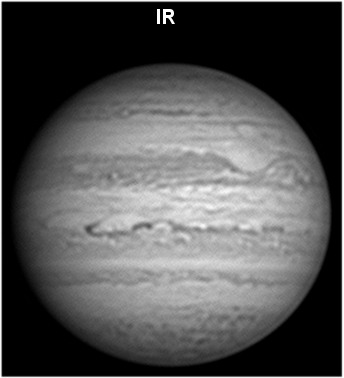
The images are taken with a 250 mm telescope. This is not the higher diameter available today for an amateur. Differences of resolution would be harder to see with a bigger instrument, yet sometimes we do see it.
On the other hand, smaller instruments are going to see this effect quite often.
So when you do planetary imaging, do not forget to give the B filter the place it deserves. Too often we see images where the R layer is more cared than the others.

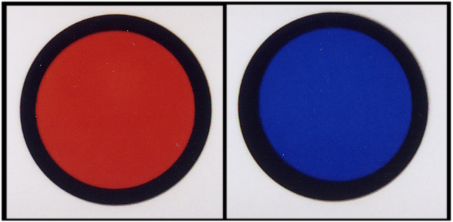

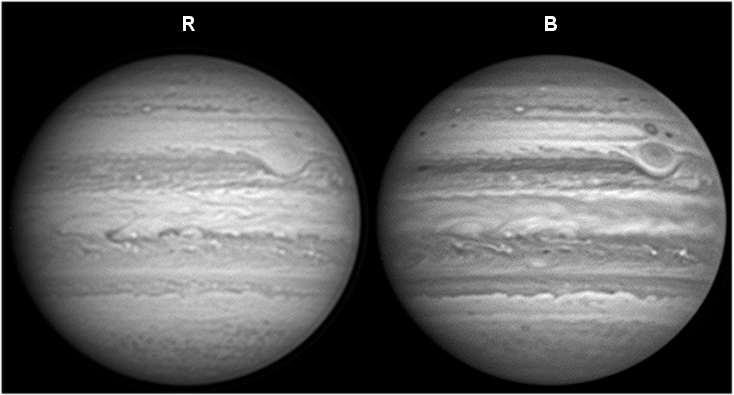
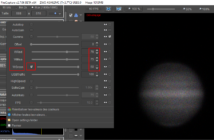
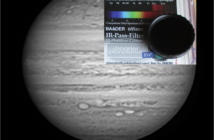
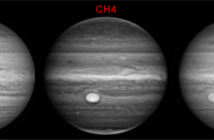
2 Comments
Hi Niall, many thanks. For lunar imaging it is indeed wise not to use a too red filter when seeing is good, because some resolution will be lost. Under very good seeing, the use of a blue filter will even give access to a better resolution than the theoretical one – providing the telescope is still sharp in this color of course.
This is an excellent piece of analysis and makes perfect sense to me. I’m just debating what filters to use for lunar images with some AstroBin friends. It seems they universally use IR filters. I just did an experiment with good seeing where by RGB image was far superior to several different IR filters with a range of wavelengths.
I used your article to illustrate the point.
Merci pour cela. C’était très utile.
Niall MacNeill